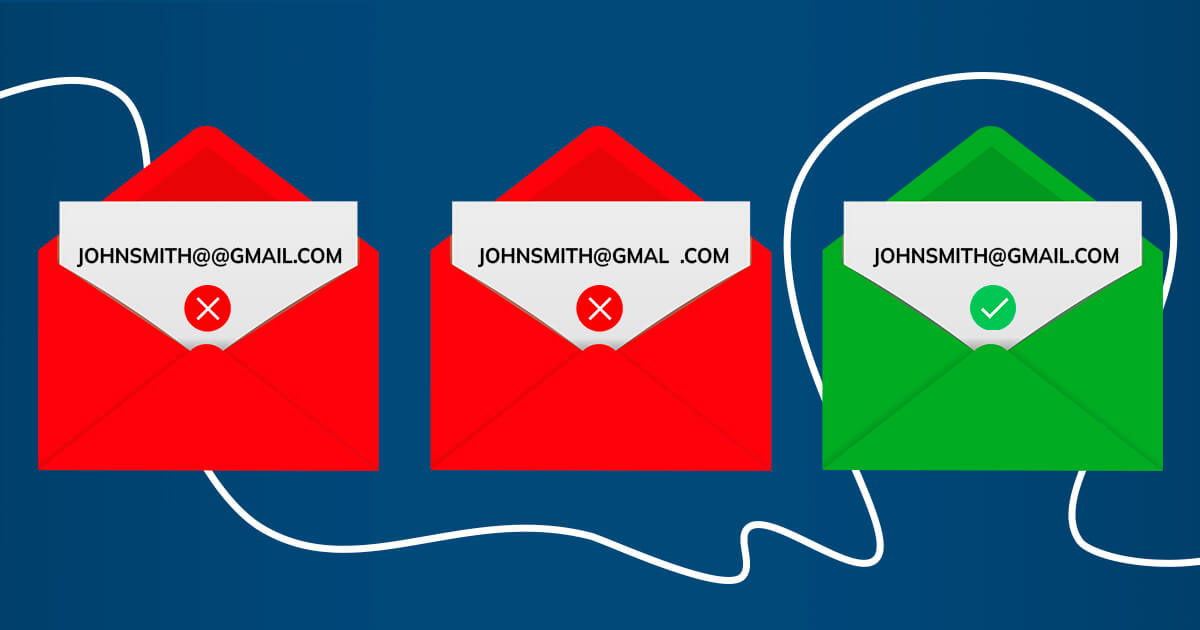Now, it might seem that single opt-in is better because it is simpler. However, this simplicity often backfires by letting too many invalid addresses into your database. So, if you’re still using single opt-in for whatever reason, cleaning up your list on a regular basis is vital.
-
You have a fresh database you haven’t used yet
First, let’s make it clear: we strongly recommend against using email databases from unreliable sources (harvested or bought on the internet, etc.). Such databases are typically corrupted, which can get you into trouble, up to getting blacklisted and blocked permanently by some email services and corporate servers.
But even when you’re building your email list from scratch using safe methods, fresh databases call for validation anyway. The good news is, you don’t need to actually launch a campaign to validate them — all you need is to learn how to verify email addresses without sending emails to new contacts on your list.
-
You’re reactivating an old database
But what if you have a database that was built from scratch by your company or you personally, and then simply stayed out of use for a while? This one must be safe, right? Well, not exactly.
The problem with such databases is, they get outdated. Those who once were your devoted readers might start labeling your emails as spam, or email addresses that were verified might get abandoned or even become spam traps. That’s why the best practice is to always validate addresses from an old database prior to launching a reactivation campaign.
-
You’ve noticed worrying issues
Finally, it’s worthwhile to run database validation every time you notice anything alarming. For example, dramatic decreases in open rates, or sudden jumps in bounce rates are red flags you should definitely pay attention to. To deal with them early on, remember to check and analyze your email metrics regularly.
Regarding how often you need to verify your database, there is no unanimous opinion among marketers. We recommend that you do it every once in a while — say, every 2 to 6 months, or after the wrap-up of each campaign.




















